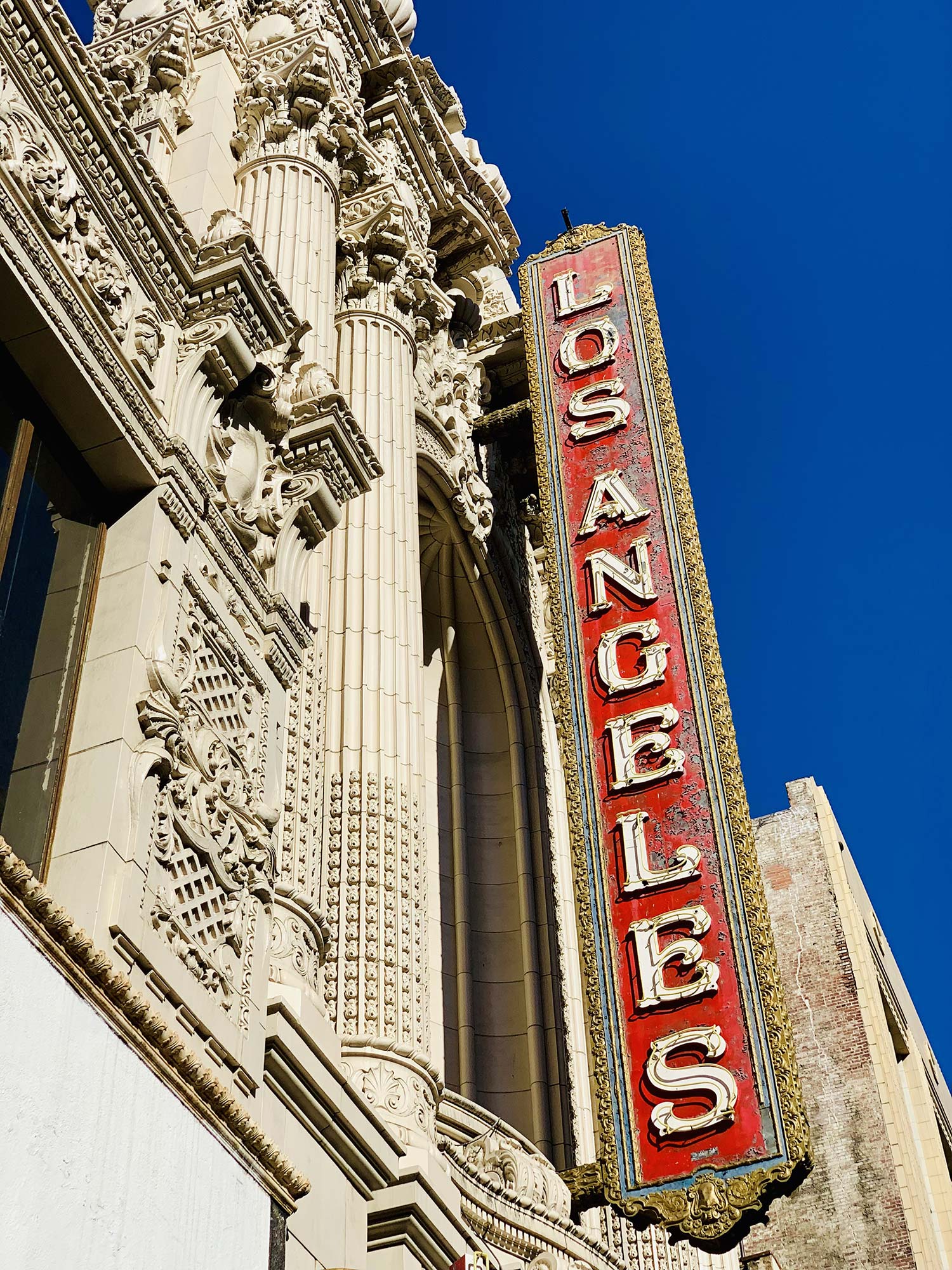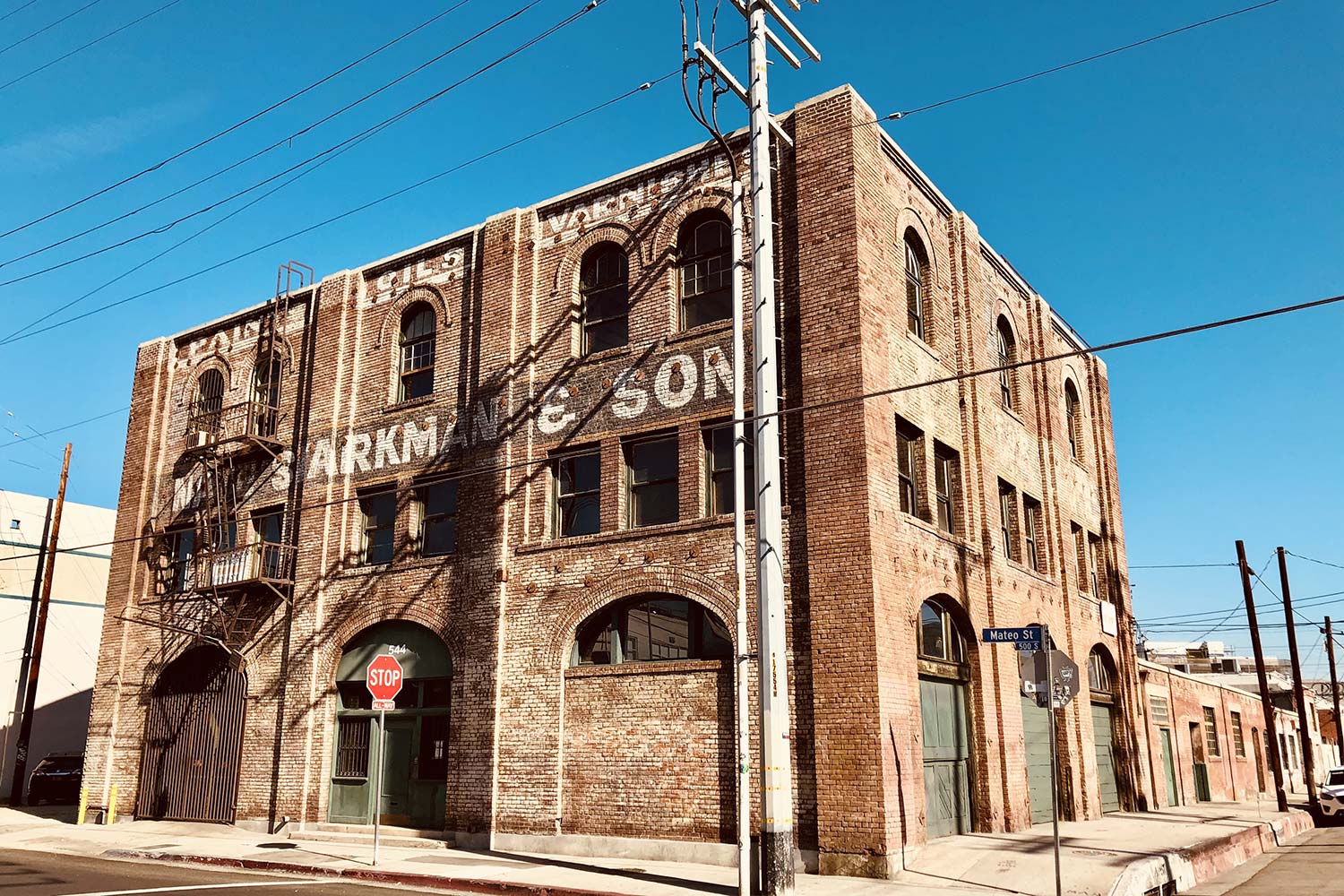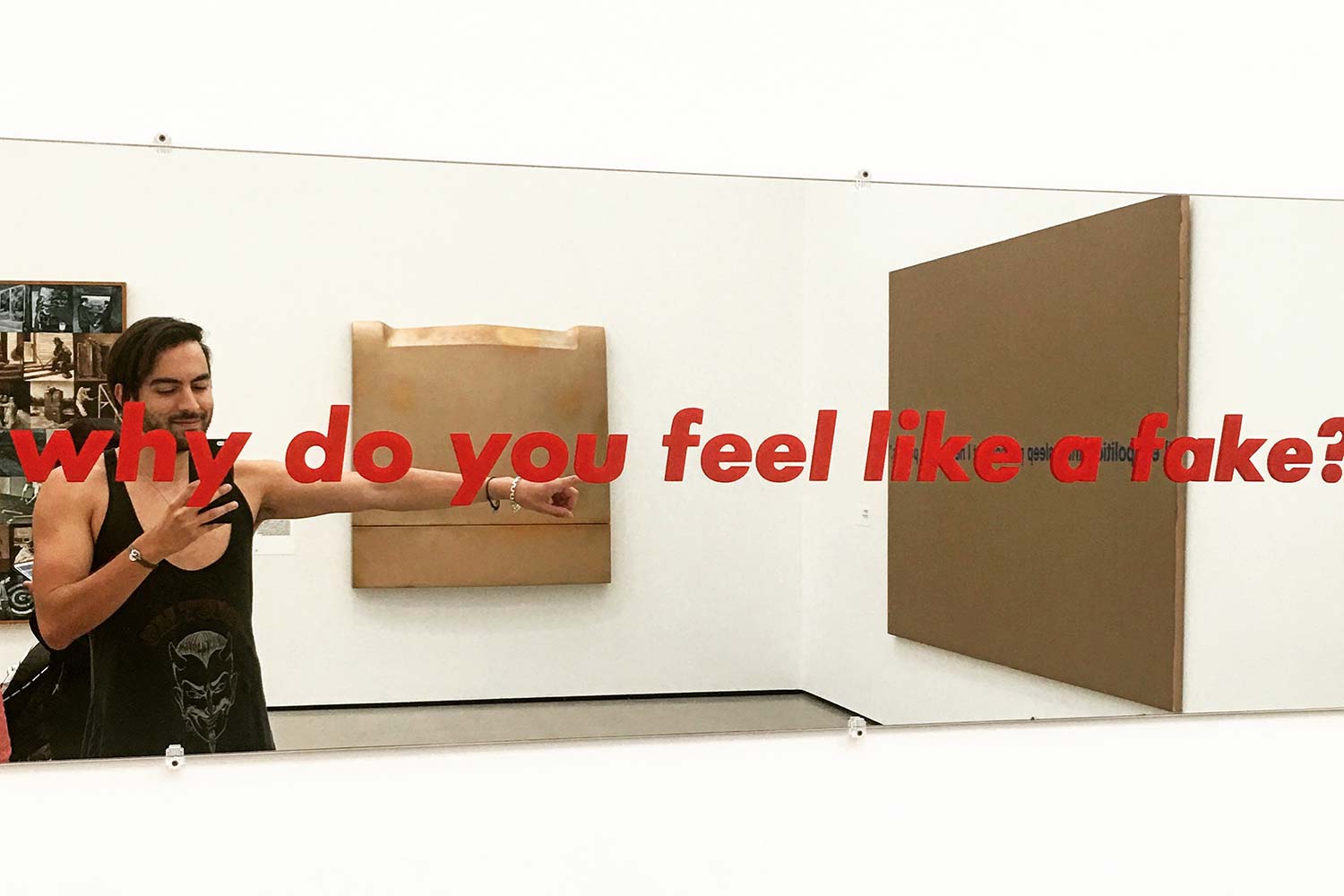Table of contents
- El pueblo, the historic district
- The Millennium Biltmore Hotel: luxury, calm and pleasure
- The Times Building, Art Deco in the spotlight
- Grand Park, the green lung of downtown
- The Performing Arts Center, for the love of culture
- The Broad, dedicated to contemporary art
- Grand Central Market, an old-fashioned market
- Bradbury building, LA’s oldest
- Bottom line
As soon as the name Los Angeles is mentioned, everyone thinks of the long beaches of the Pacific, the luxury boutiques of Rodeo Drive or the film studios and their gigantic letters on Mount Lee. Hardly anyone thinks of downtown Los Angeles. It seems forgotten. Let’s face it, the attractions of this sprawling city are so far apart that the historic heart has gradually lost its appeal.
And yet, it’s full of riches. In recent years, LA’s heritage has been gradually revitalized thanks to the city’s heritage policy. Downtown is regaining its former splendor, with Art Deco buildings and hotels that are inevitably luxurious. Let’s set off on a tour of a more intimate Los Angeles, which I can’t recommend highly enough.

El pueblo, the historic district
El Pueblo is where it all began. Designated a National Register Historic Landmark in 1972, the neighborhood includes the city’s oldest structures, churches and residences, all clustered around the old plaza. In 1815, 44 families settled here after crossing the desert of northern Mexico.
They chose this place, called El Pueblo de Nuestra Señora Reina de los Ángeles sobre El Río Porciúncula, which means: the town of Our Lady Queen of Angels on the Porciúncula River. The city of Los Angeles was born! I advise you to walk down Olvera Street. This very short street (about 100 meters) is packed with souvenir stores, restaurants and Mexican artisan stalls. It’s a complete change of scenery.
The Millennium Biltmore Hotel: luxury, calm and pleasure
Roosevelt, the former Prince of Wales who became King of England as Charles III, and Howard Hughes are just some of the celebrities who have stayed at this downtown LA palace. Between 1930 and 1943, the salons of this prestigious hotel hosted the Oscars ceremony. Comprising 100 rooms, the building is built in a neo-renaissance style imitating 16th-century Italian palaces.
Wall frescoes, marble columns, sculpted fountains, crystal chandeliers and a swimming pool inspired by the thermal baths of Ancient Rome. A major renovation campaign has restored the building to its former splendor. You can enjoy a guided tour every Sunday at 2pm. Reservations are required, and I think the Millennium Biltmore is well worth the detour.
The Times Building, Art Deco in the spotlight
Designed in 1935, the Times Building is undoubtedly the largest building occupied by a newspaper, and what a newspaper it is: the LA Times. Two years later, American architect Kaufmann was awarded a bronze medal at the Paris World’s Fair for his work. Inside, visitors will find a permanent exhibition retracing the 100-year history of the LA Times, as well as the famous monumental globe in the lobby and the 3-metre-high murals by Hugo Ballin.

Grand Park, the green lung of downtown
This 5-hectare park is definitely worth a visit. It stretches between Los Angeles City Hall and the Grand Avenue Music Center. Here, priority is given to pedestrians, which is rather rare in LA, where the car is king. With its shaded sidewalks, plazas with fountains, lawns, kiosks and benches to relax on, Grand Park is as green and entertaining as New York’s Central Park or San Francisco’s Union Square. Open every day from 5.30 a.m. for a jog to 10 p.m. at night, you’re sure to enjoy a stroll.
The Performing Arts Center, for the love of culture
This is undoubtedly one of the three largest arts centers in the United States. The Performing Arts Center comprises four prestigious venues: the Walt Disney Concert Hall, the Dorothy Chandlers Pavilion, the Ahmanson Theatre and the Mark Taper Forum. Dance, music, opera, theater – all the major arts are represented. The most emblematic building is the Walt Disney Concert Hall, designed by star architect Frank Gehry. The façade is in stainless steel, and the flower-shaped concert hall is designed in concrete and glass.
The Broad, dedicated to contemporary art
I can assure you that you won’t be able to pass by without noticing it. The Broad, inaugurated in 2015, is a spectacular modern museum founded by philanthropists Eli and Edythe Broad. Covered by a structure called La Voile, it boasts a catalog of some of the most notable works of the post-war period.
Basquiat, Kruger, Twombly and Warhol are just some of the artists you’ll discover as you wander through the 140,000 square-meter building. Visits to the permanent collections are free of charge, but it’s best to reserve a slot.

Grand Central Market, an old-fashioned market
Grand Central Market has been open since 1917. Located on the first floor of the Homer Laughlin Building, it occupies a block of buildings in itself, such is the vastness of the space. Inside, you’ll find traditional market traders, butchers, fishmongers, greengrocers and exotic spice sellers. Some stores are also restaurants where you can enjoy sushi or tacos. Grand Central Market is open daily from 8 a.m. to 6 p.m.
Bradbury building, LA’s oldest
Built in 1893, this building was designed by Lewis L. Bradbury, who made his fortune during the gold rush. Only the second floor can be visited, but it’s well worth the detour. This neo-Renaissance building hides incredible decorative treasures such as marble staircases and wrought-iron balustrades.
And if you’re a film buff, I’m sure you’ll recognize the sets from Ridley Scott’s Blade Runner or Michel Hazanavicius’ The Artist. You can also see the bronze statue of one of the greatest artists of the 20th century, Charlie Chaplin.
Bottom line
As you can see, there’s much more to Los Angeles than Hollywood and the luxury residences of Beverly Hills and Santa Monica. Downtown, once a neglected area, has risen from the ashes and offers you an original tour to remember.
